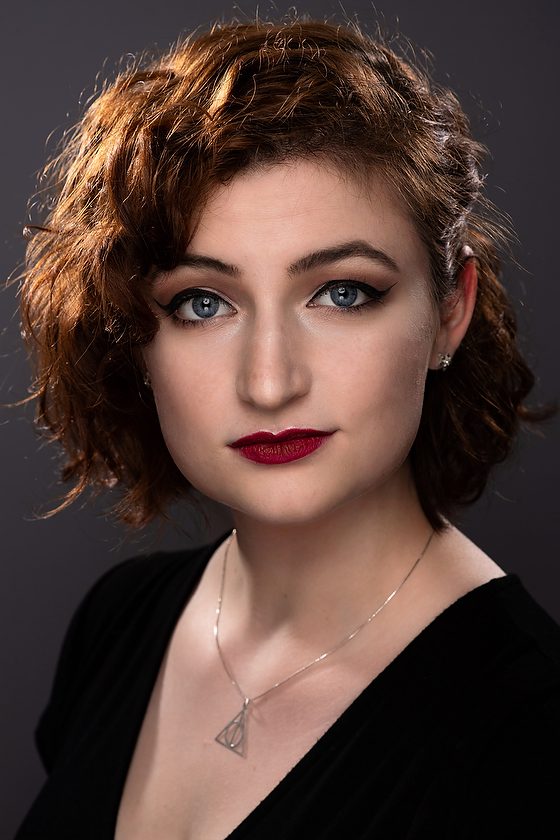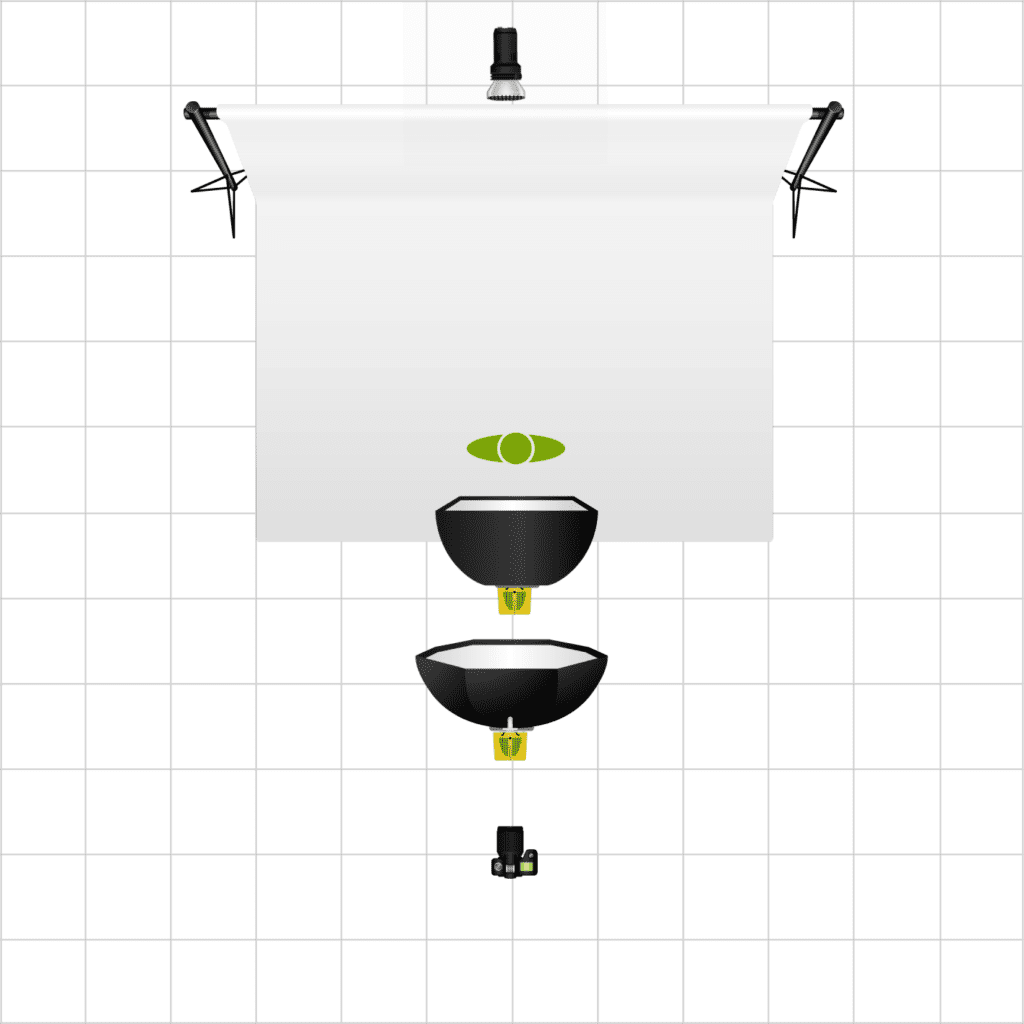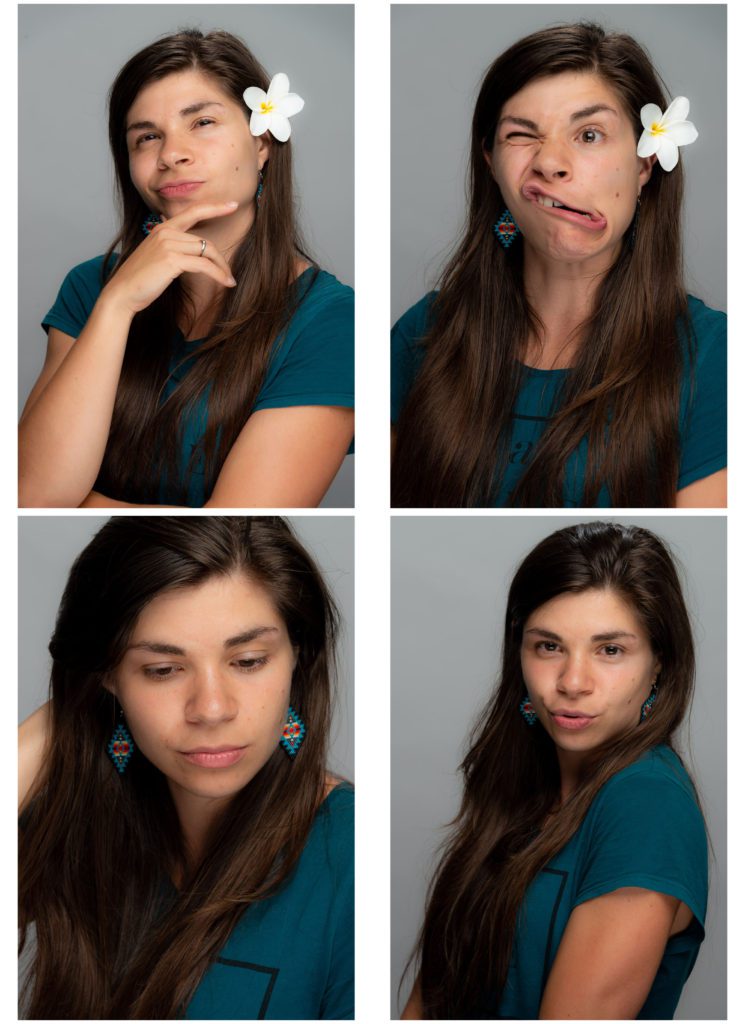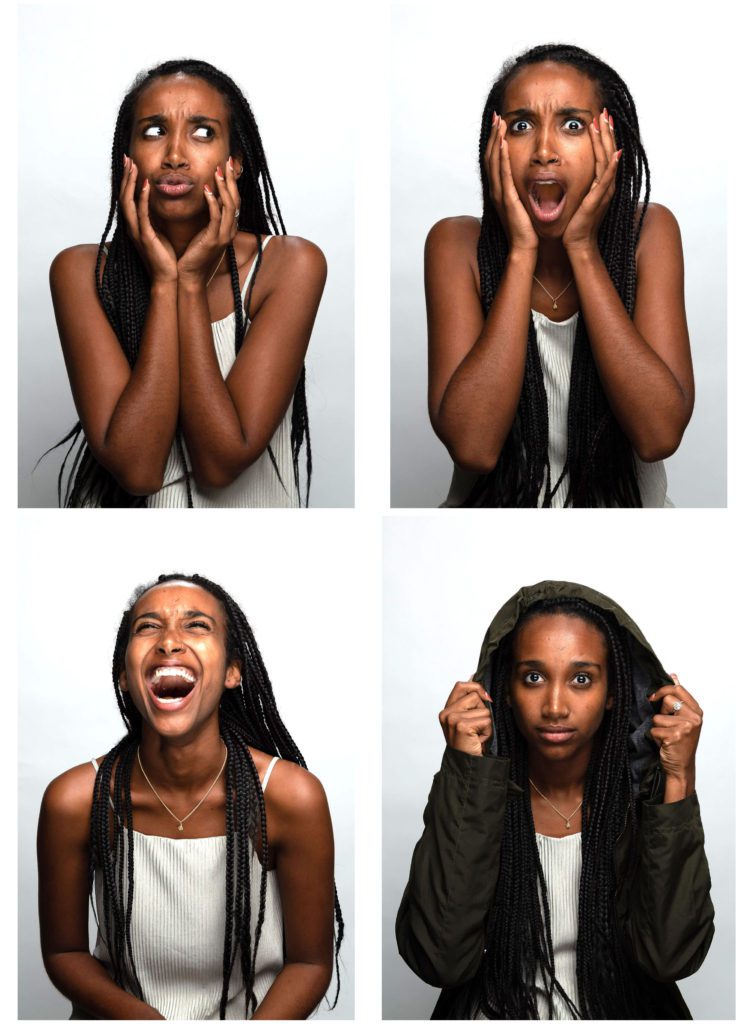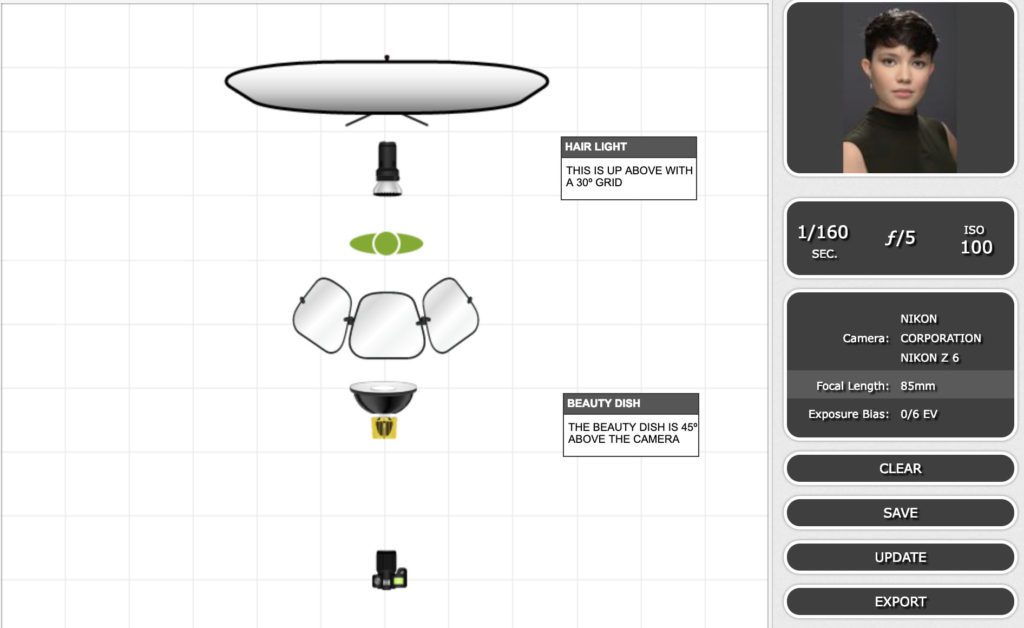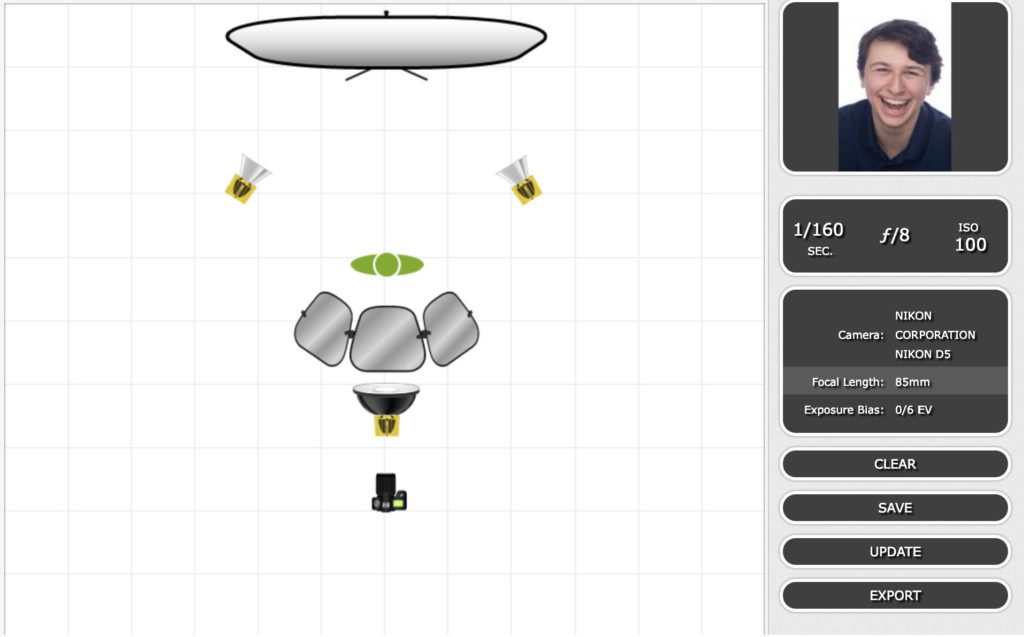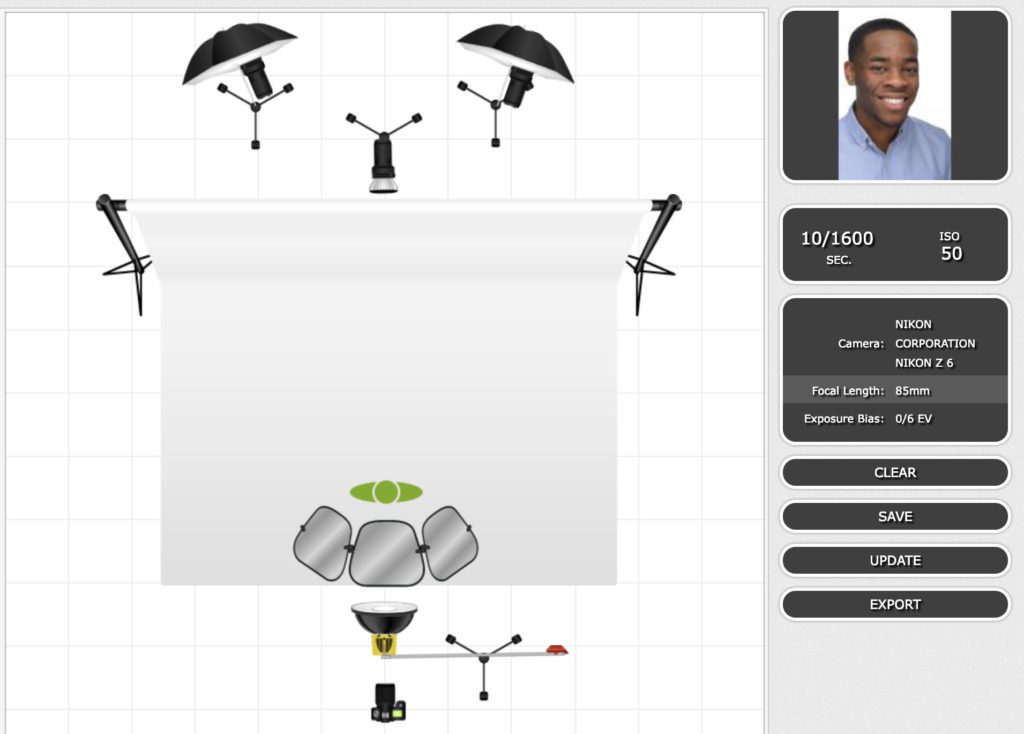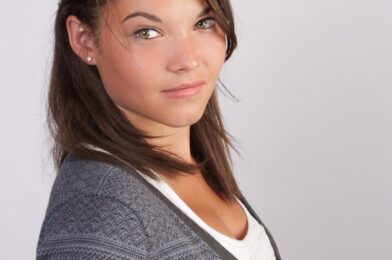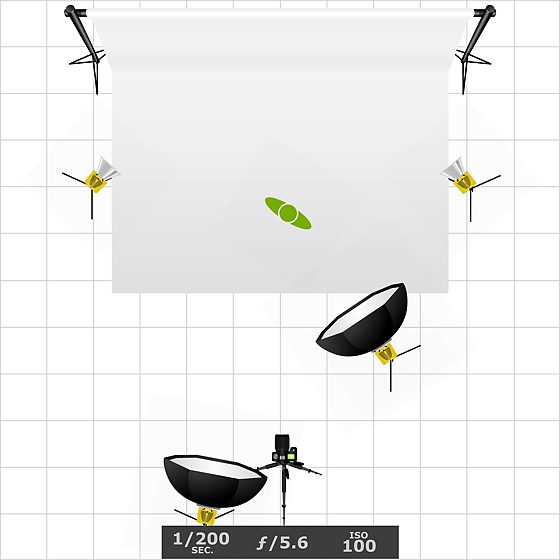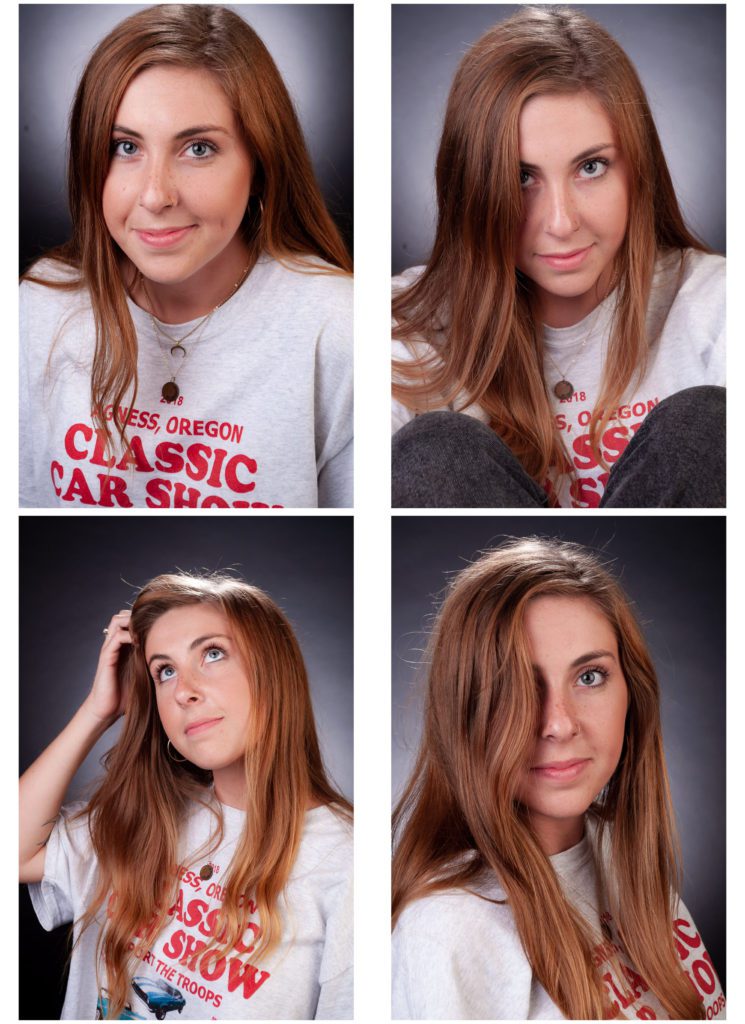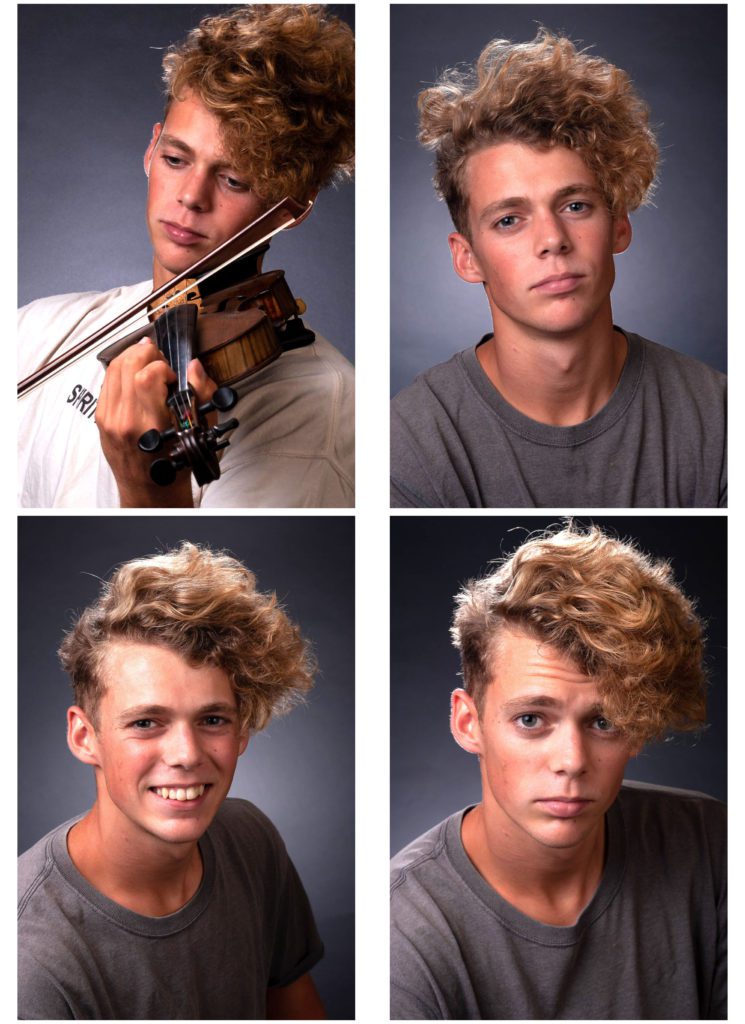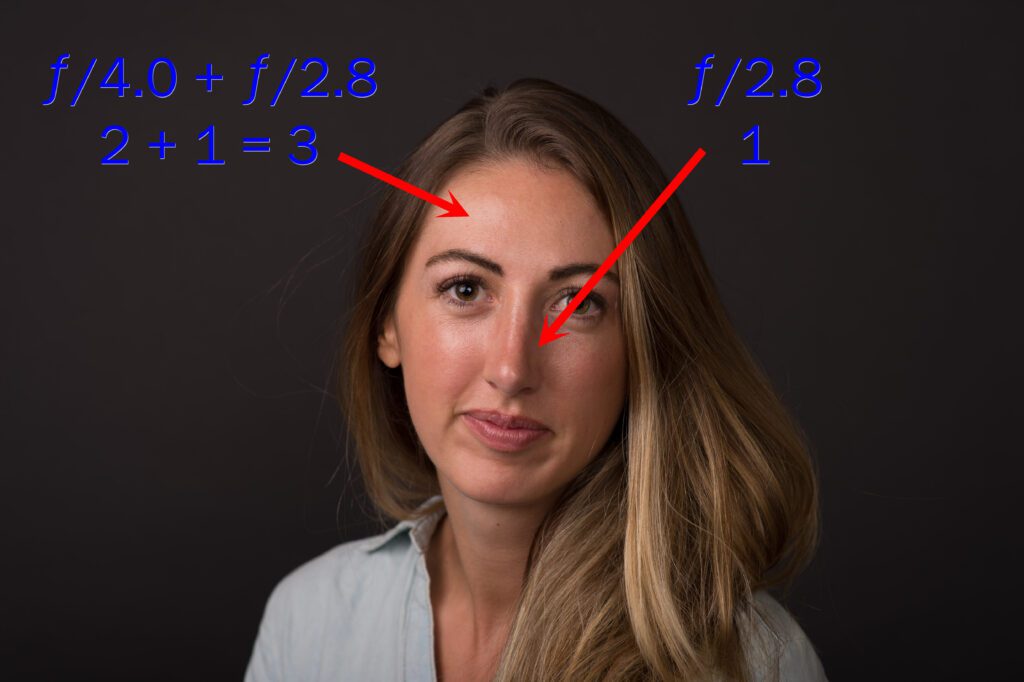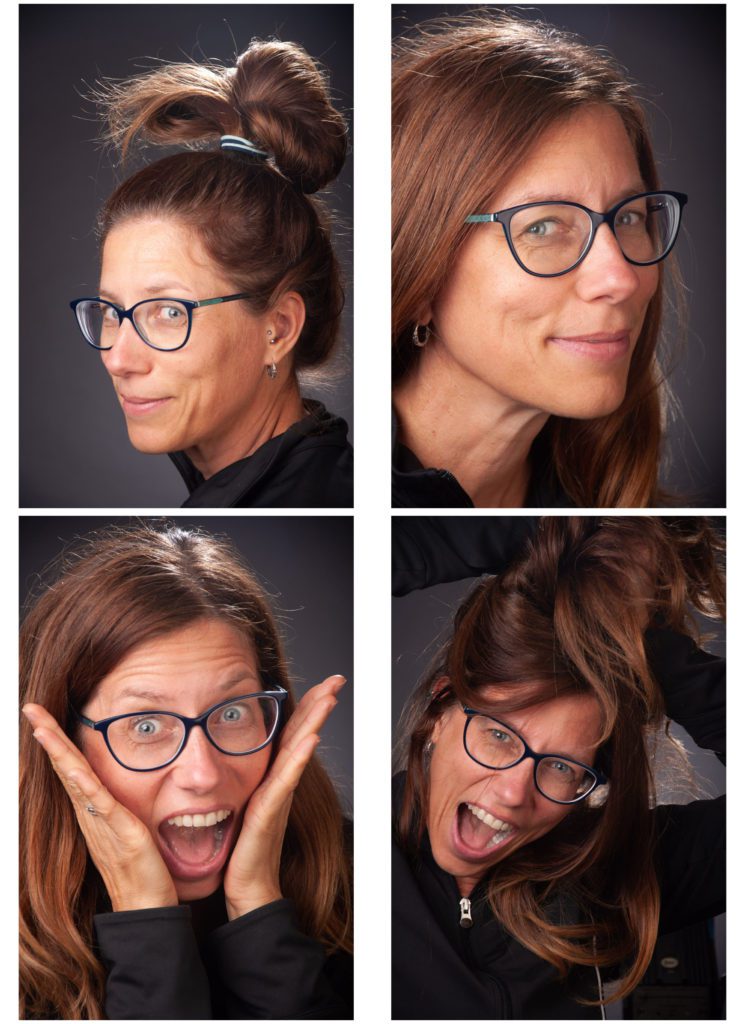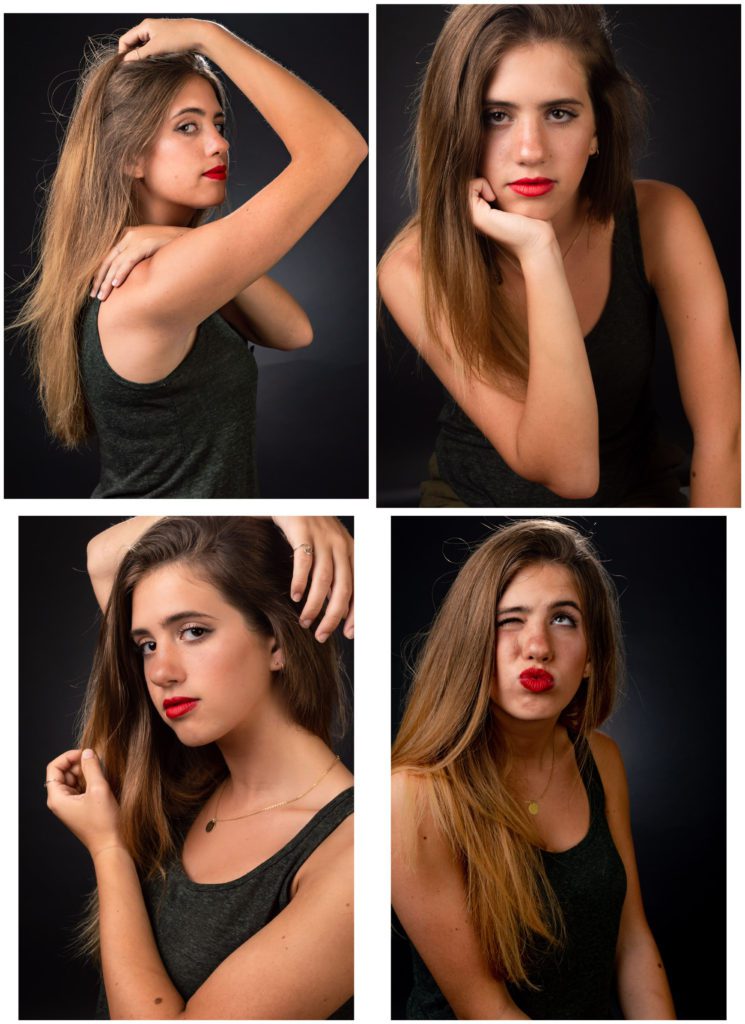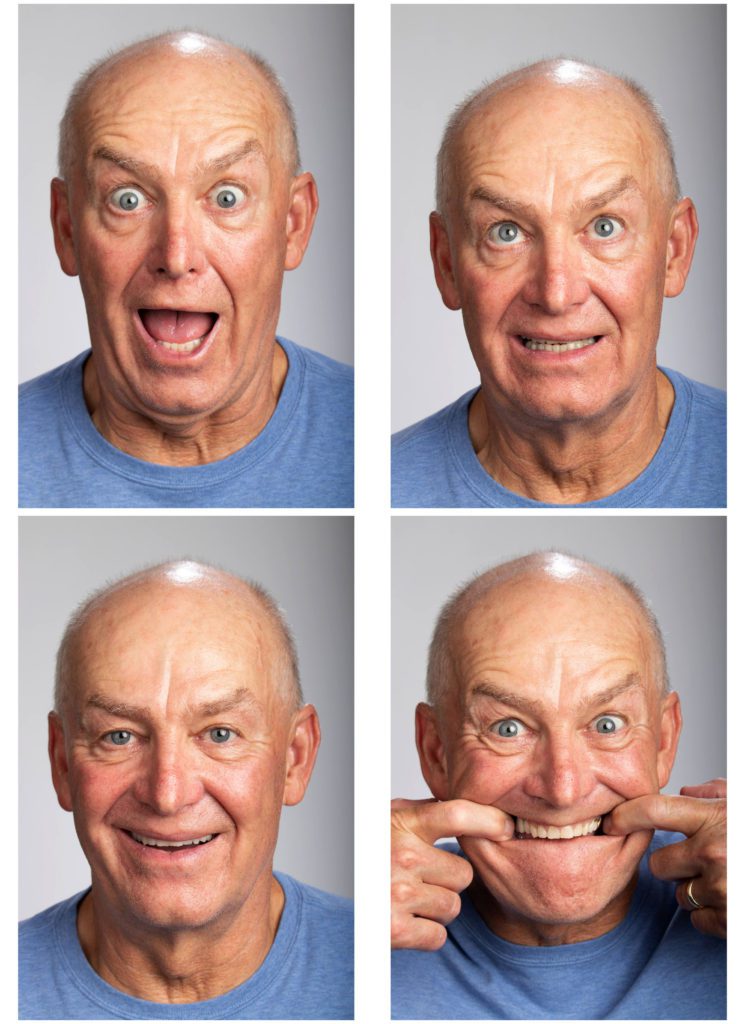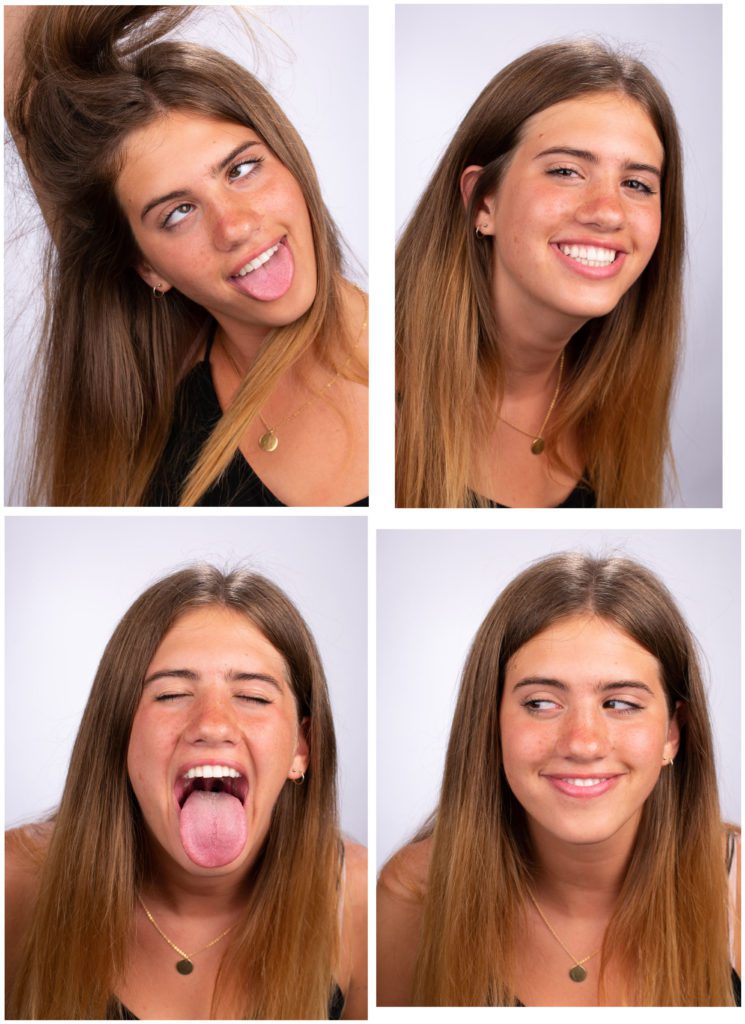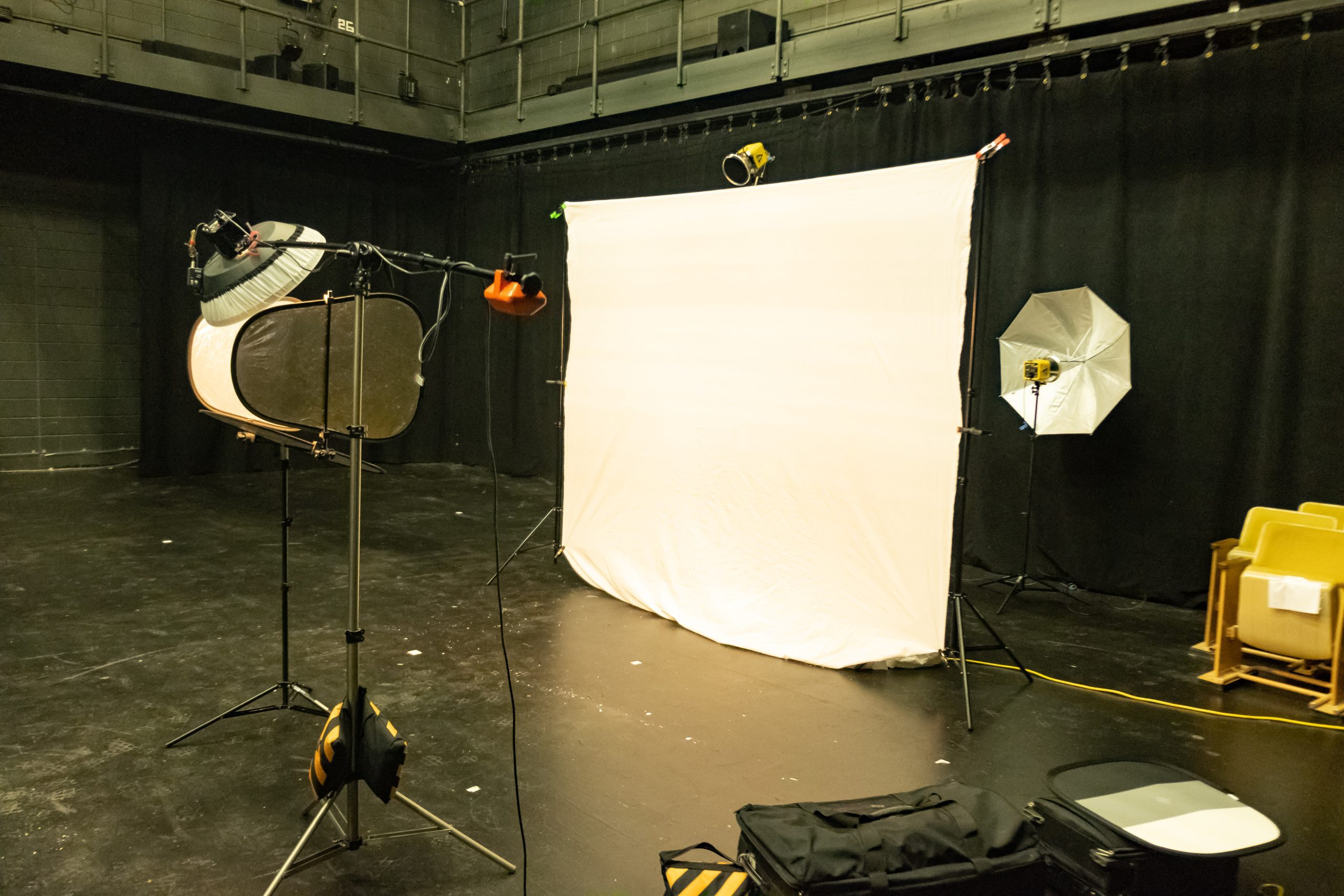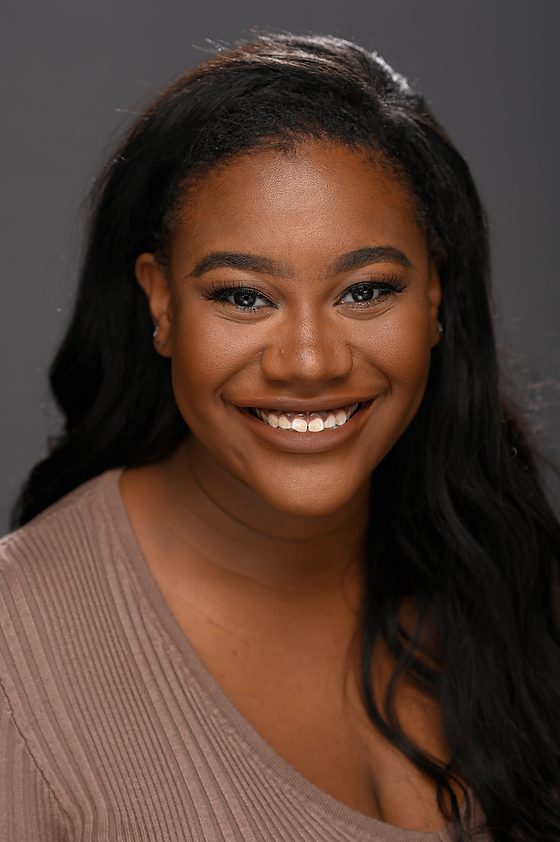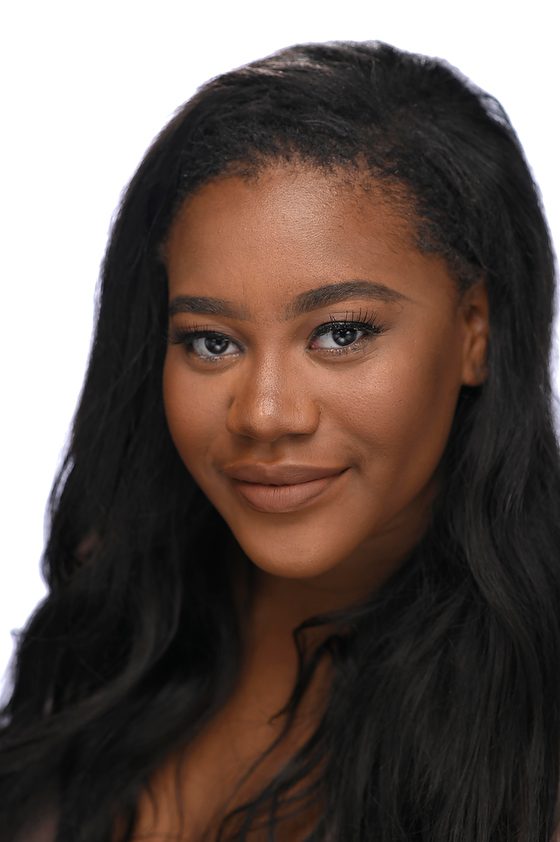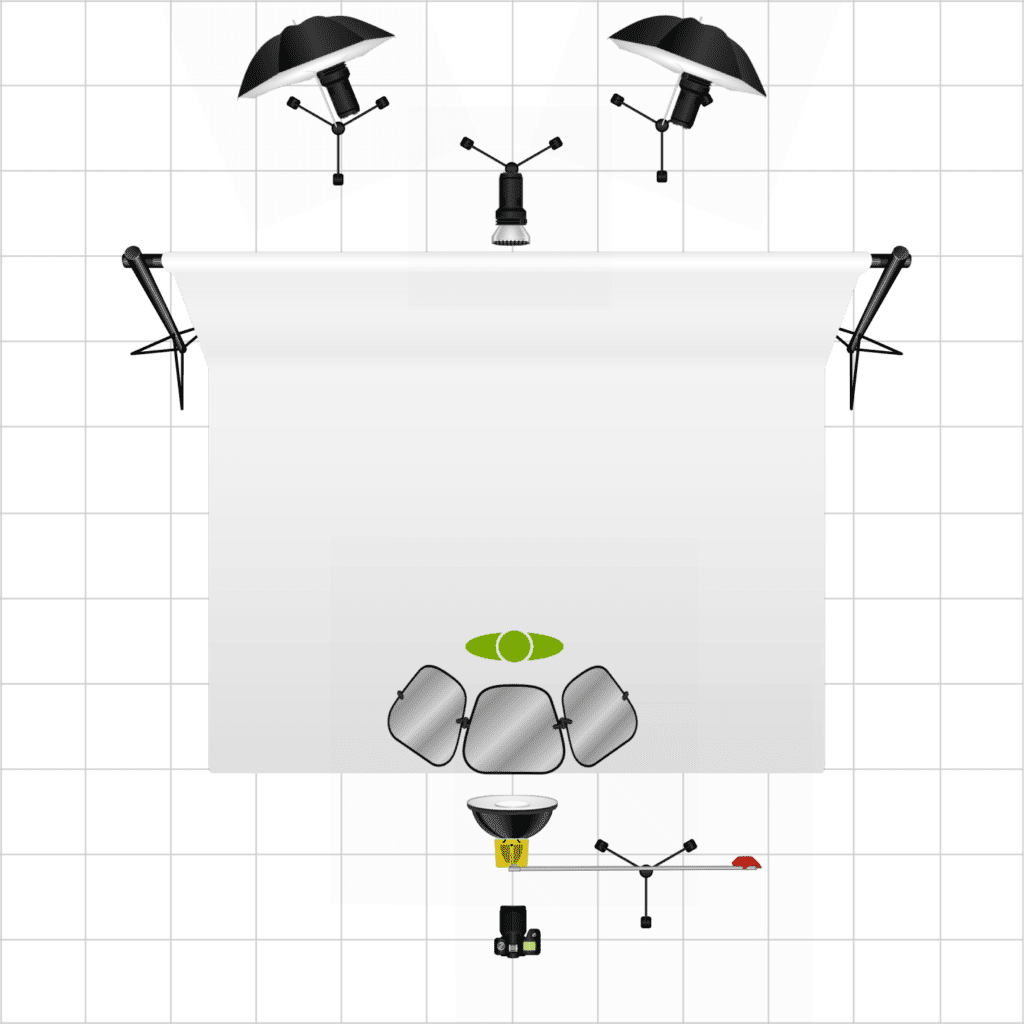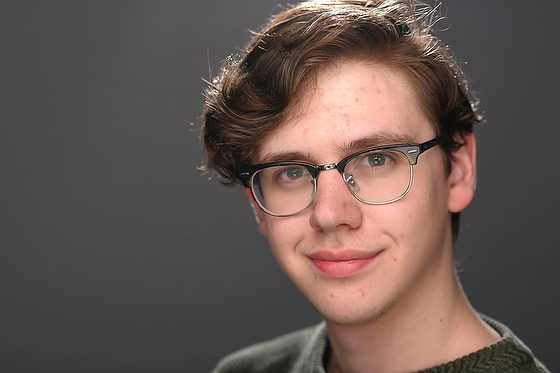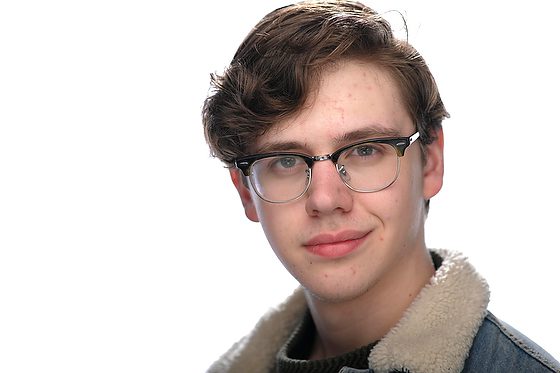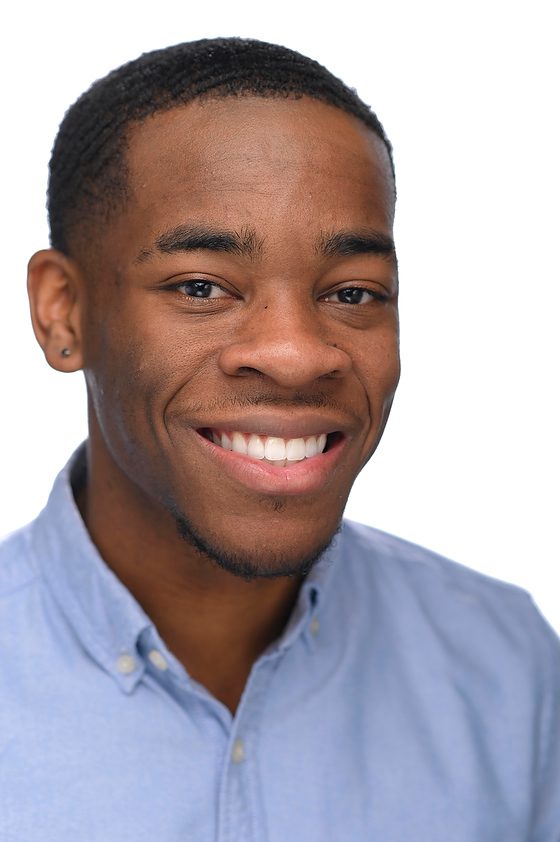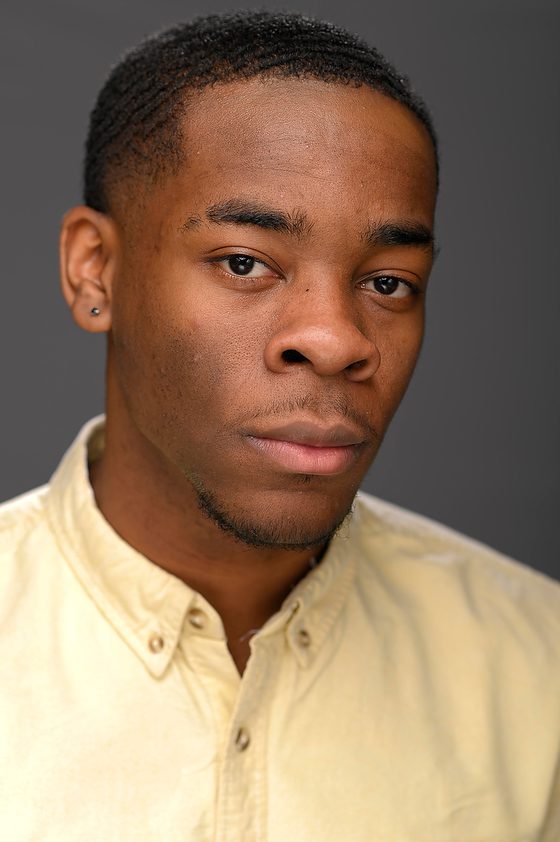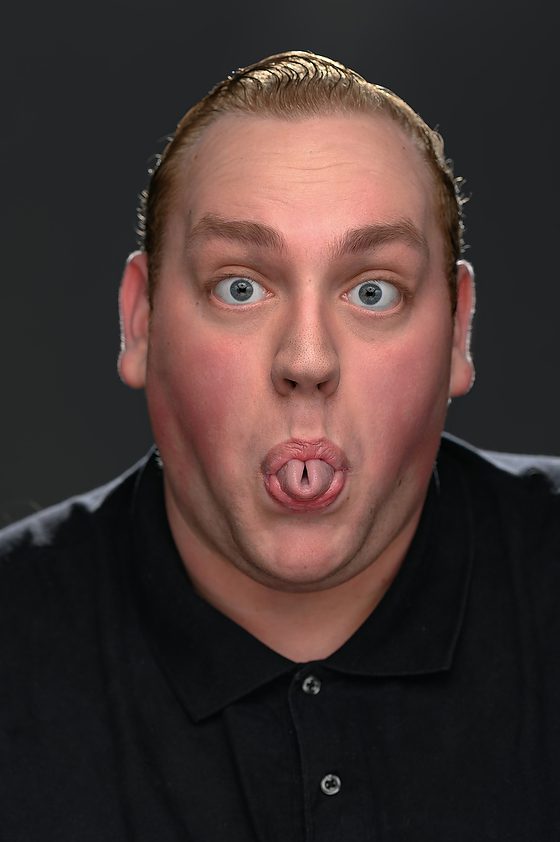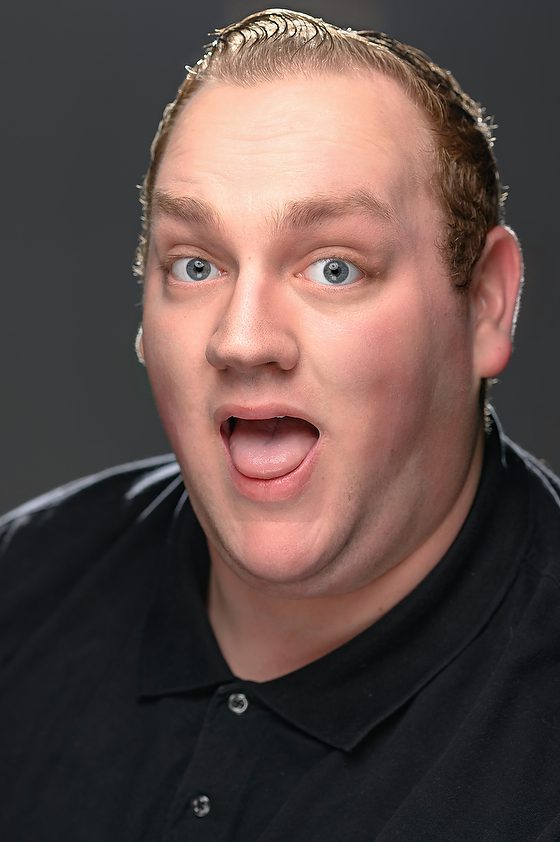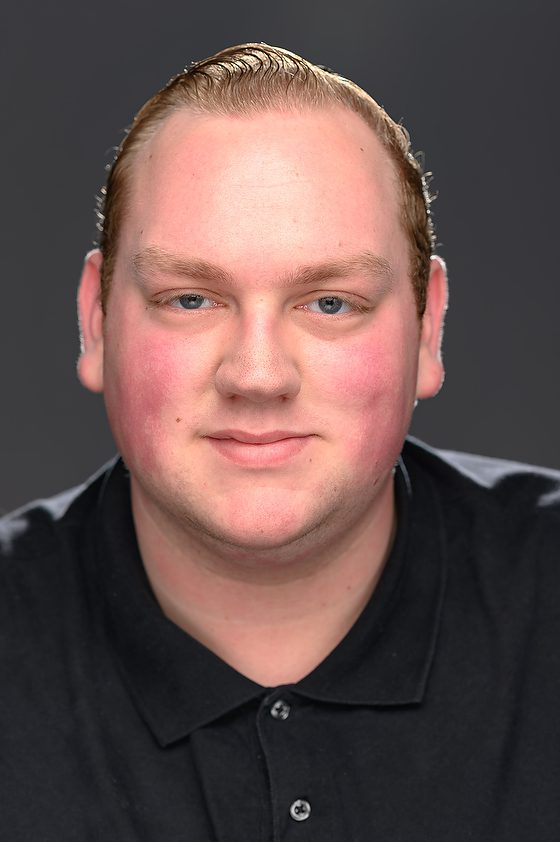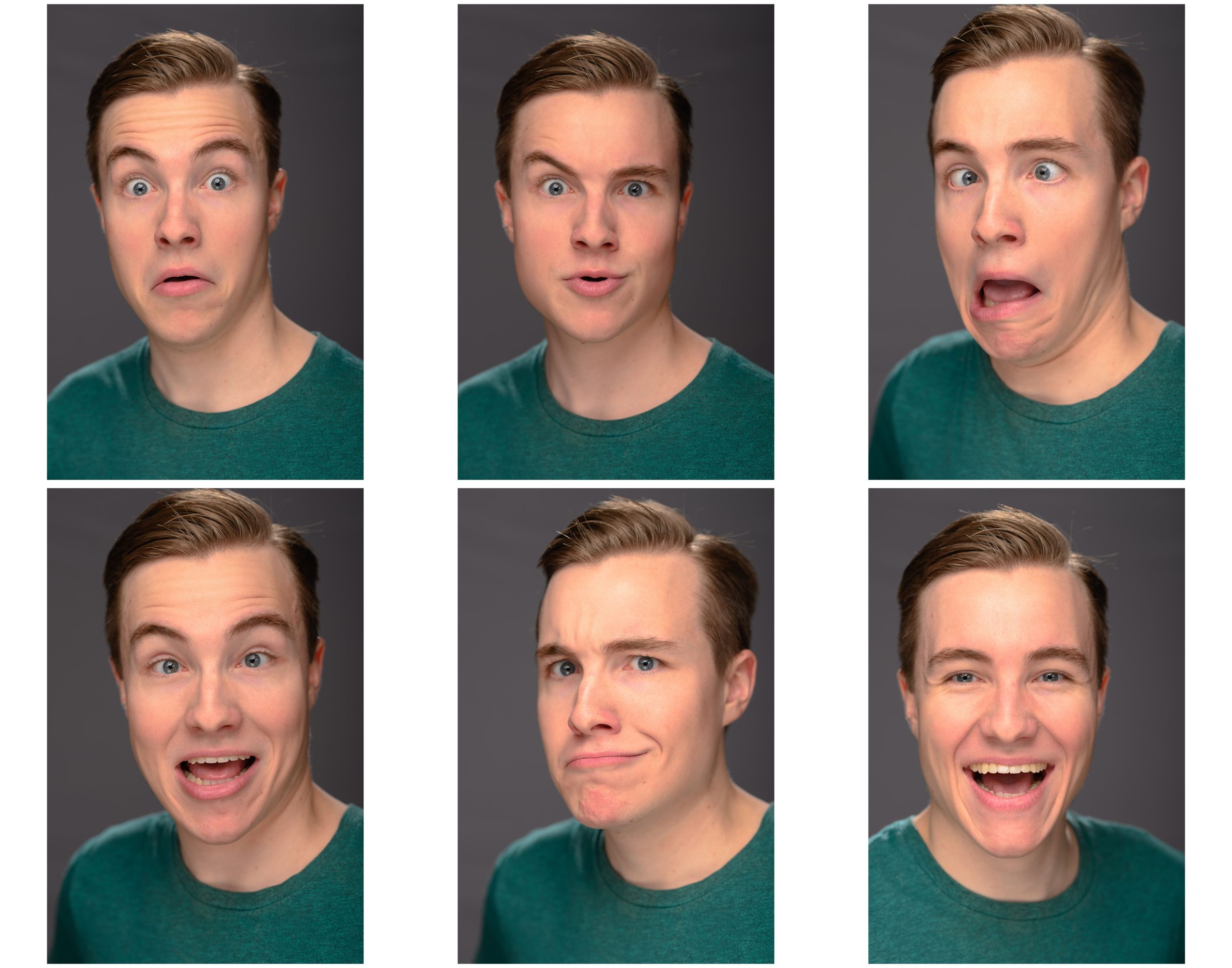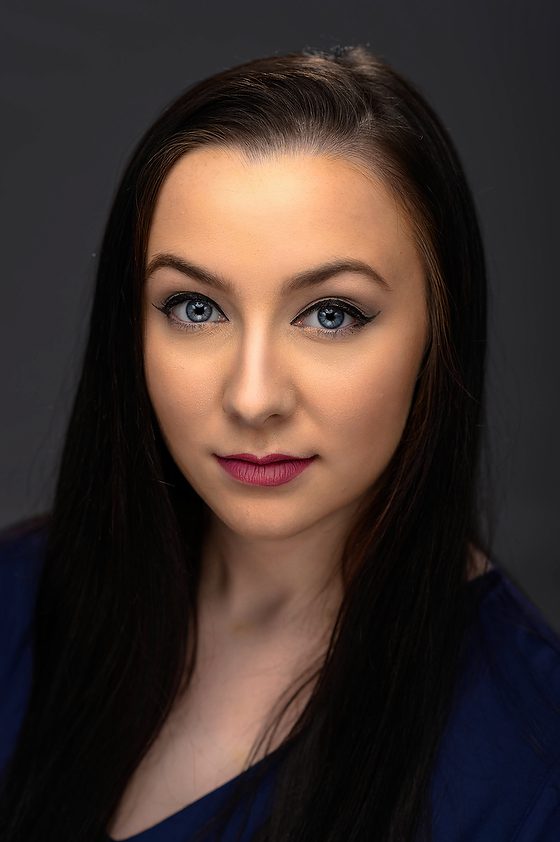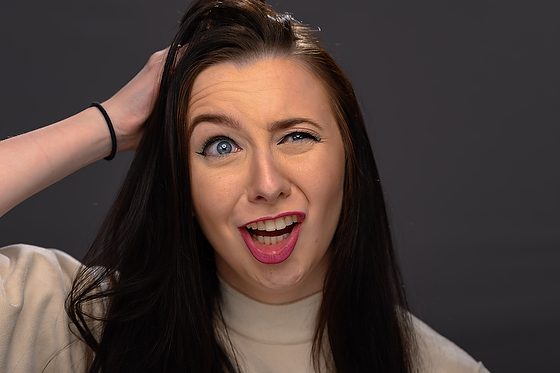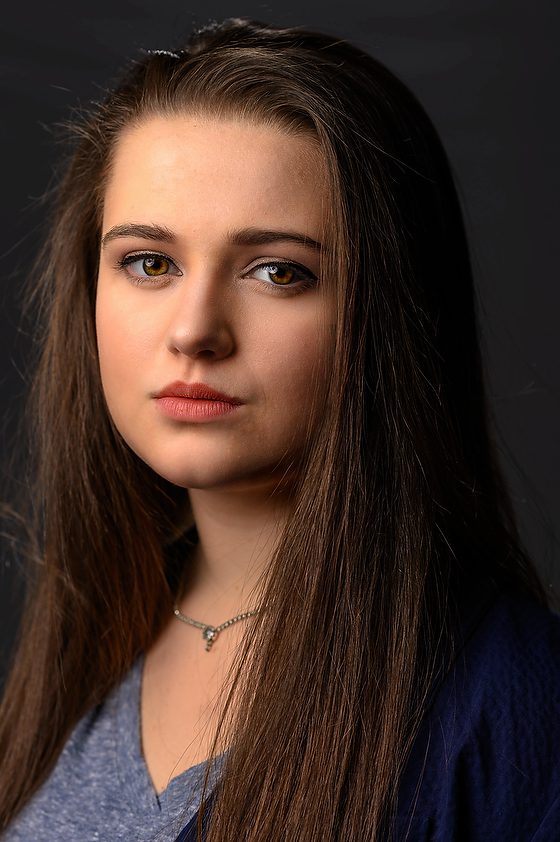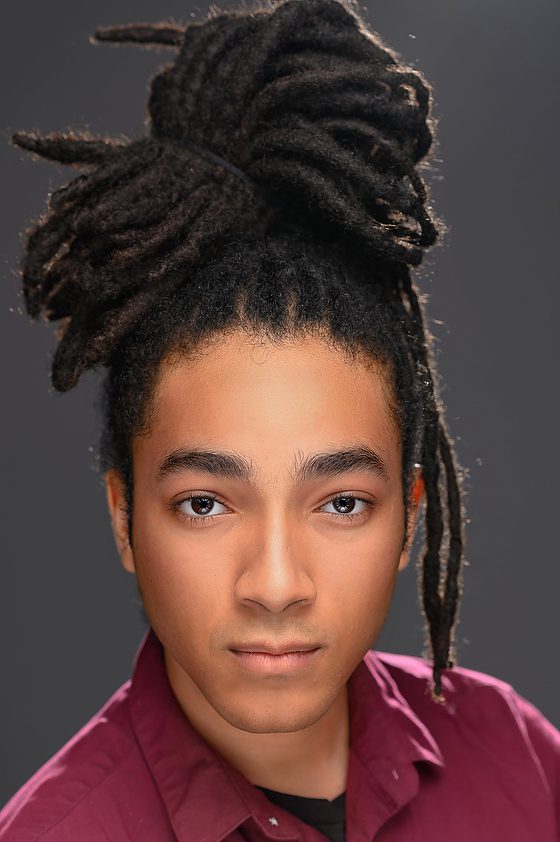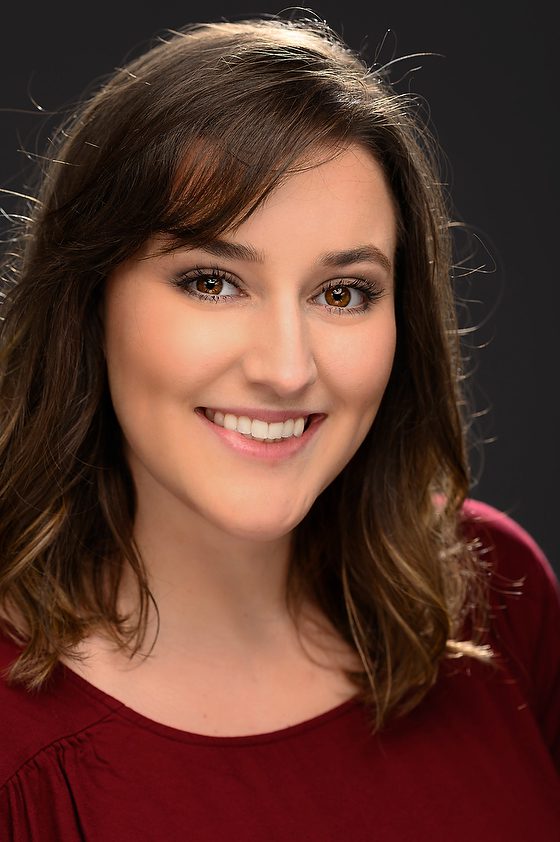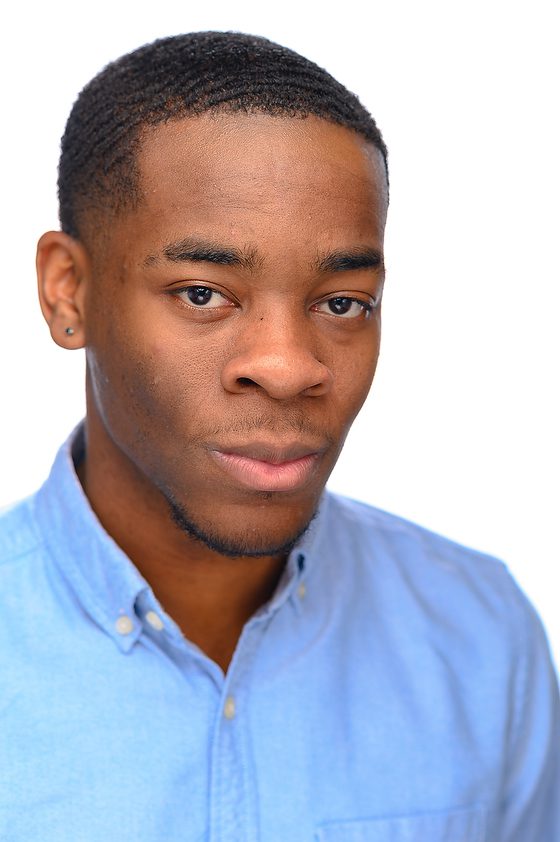I love teaching at the School of Photography, run by my good friend Dennis Fahringer. I think it is the best school of photography I have come across. Here is a link to learn more about the school.
This is my favorite light for headshots. We didn’t have my Tri-Flector that I love to use, so we used a softbox lower under the person’s chin.
This was the lighting set up—the main light was 45º above the camera, and the fill light was below 45º. The key here is to keep the camera lights and subject in the same positions. You can have them face a little left or right but keep their head straight forward to get that butterfly formed under the nose due to the main light.
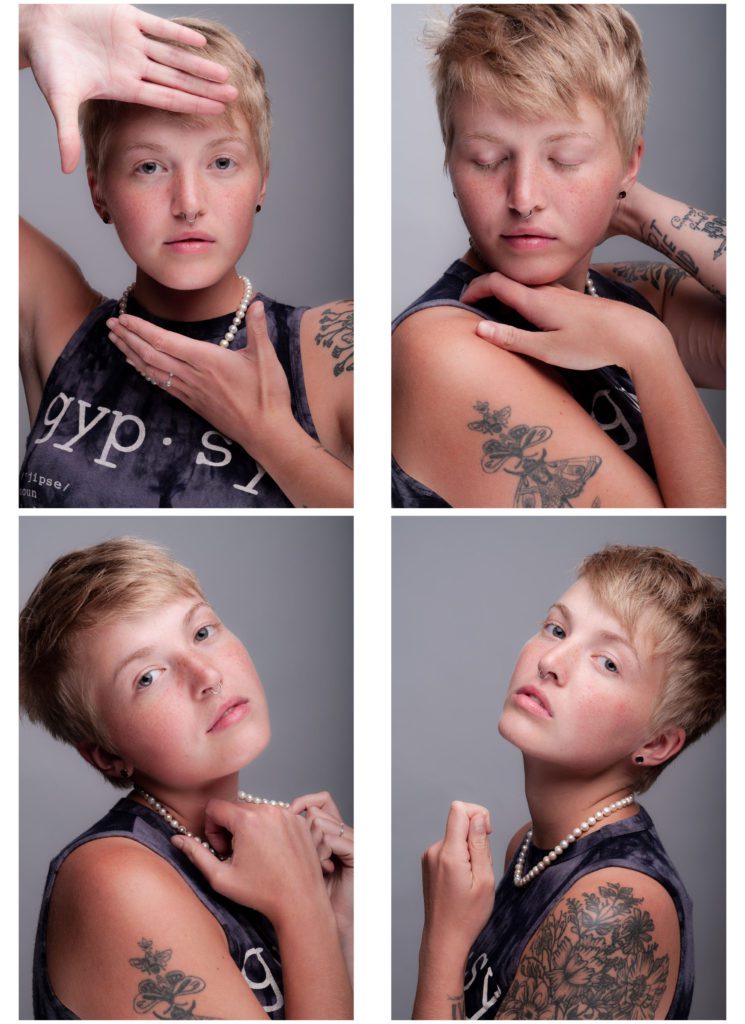
You can get many excellent photos by staying with a lighting setup and just having the person move a little right and left by mixing your expressions and body language.
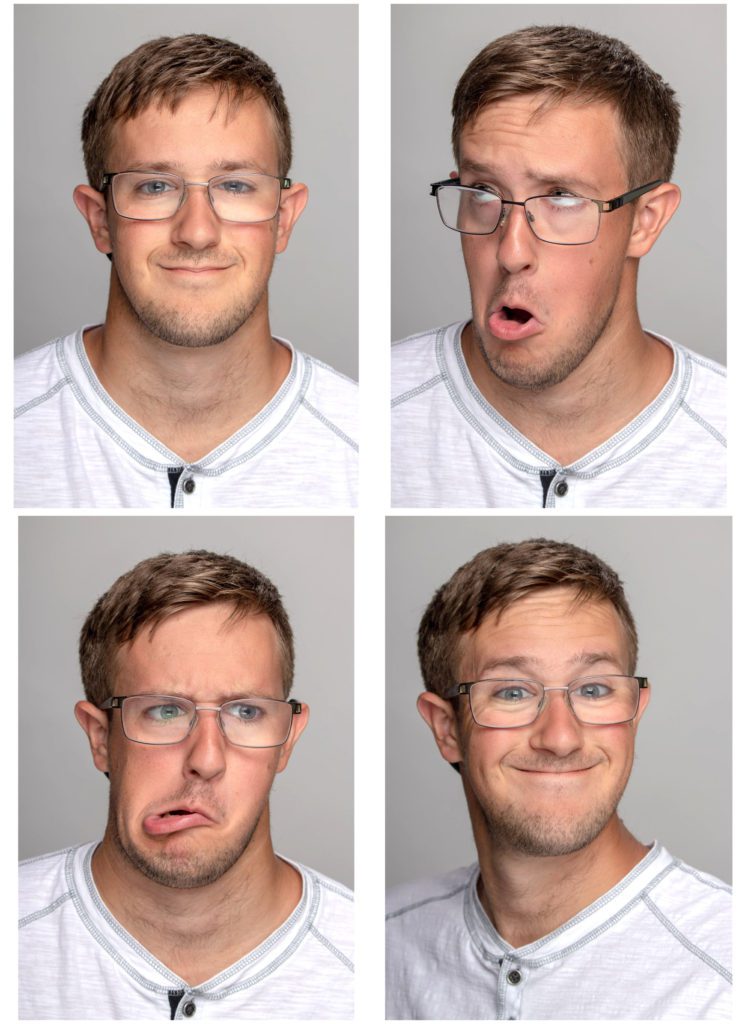
For this assignment, I didn’t have the photographer light the background. I did suggest the hair light up and directly behind the subject. Putting the stand behind the background lets you hide it.
If a person was bald, I suggested not to use the hair light. If they had light hair, maybe no more than one stop brighter than the main light. If you have dark hair, you can often go as much as two stops more luminous than the main light.
Now, if you look closely at the eyes, you can see the main and fill light.
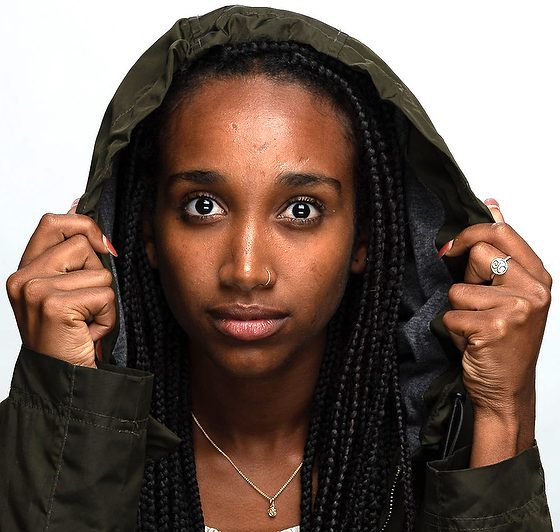
This is even closer for you to see the eyes.
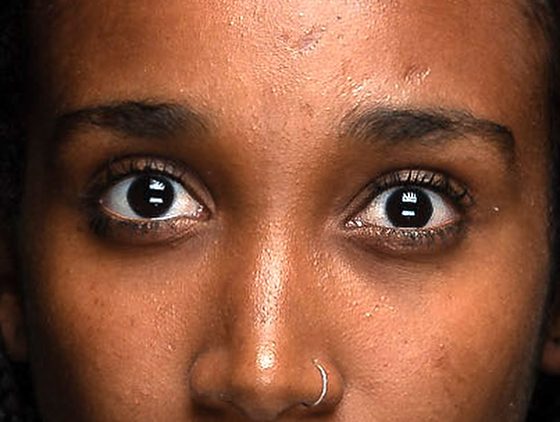
This is a tip for deciphering photos. Look in the eyes; you can usually see where the lights are placed and the shape of the modifiers.
Here is my setup. I use it most of the time for headshots of actors and models.
This is the second modification where I light the background.
This last setup is where I have enough space. I turn on the lights behind the background for white and turn them off for a grey background.
KISS Rule
Keep It Simple Stupid – is what I have been taught through the years. Don’t overthink things.
I hope this inspires you to use lights with your photos.

